Home>Ideas and Tips>Hidden Potential Of Pocket Doors
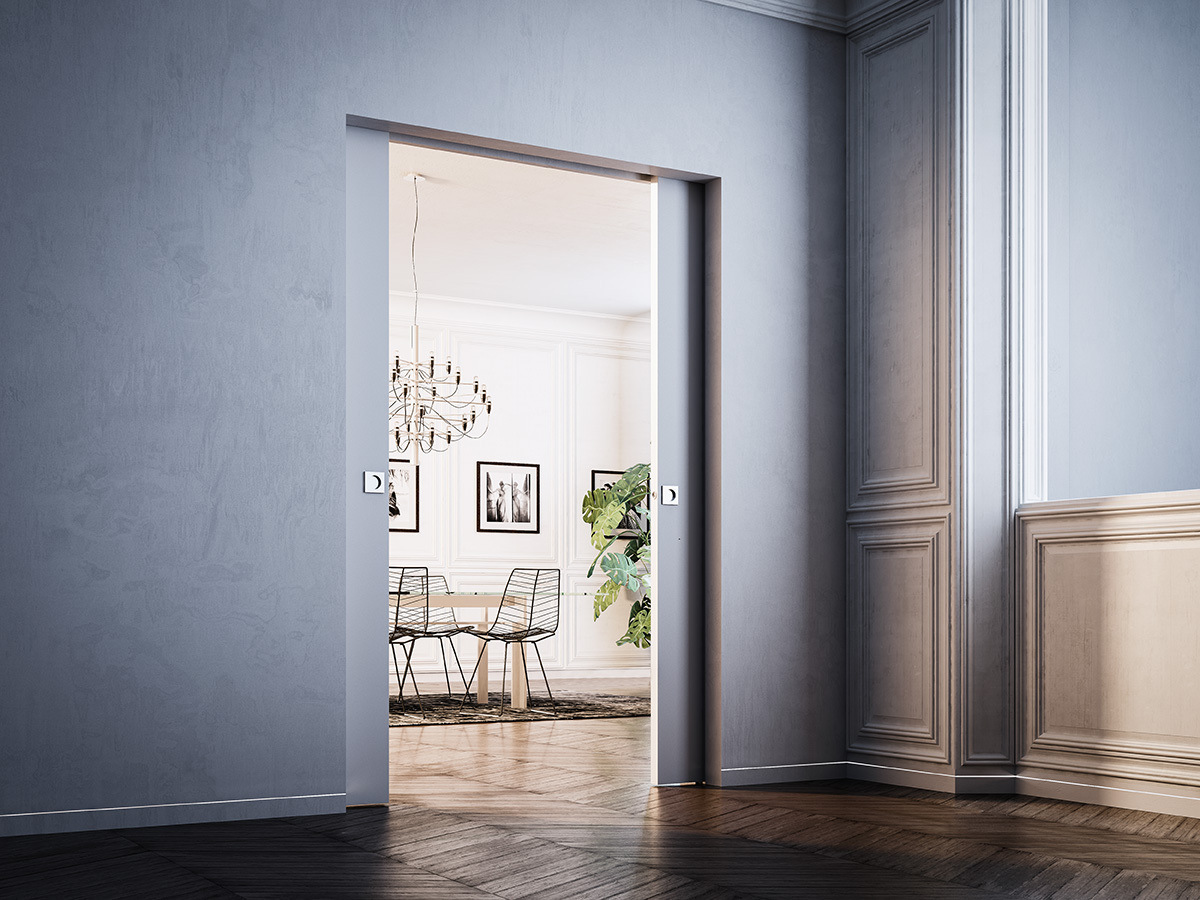

Ideas and Tips
Hidden Potential Of Pocket Doors
Modified: October 27, 2024
Discover the hidden potential of pocket doors for space-saving, flexibility, and style in your home. Learn about their uses, benefits, and installation tips.
(Many of the links in this article redirect to a specific reviewed product. Your purchase of these products through affiliate links helps to generate commission for Storables.com, at no extra cost. Learn more)
Pocket doors have long been a staple in home design, particularly for their ability to maximize space and create a seamless transition between rooms. These sliding doors slide into a wall cavity, eliminating the need for clearance to swing open, making them ideal for small homes, apartments, and studios. In this article, we will delve into the hidden potential of pocket doors, exploring their various uses, advantages, and potential drawbacks.
Why Use Pocket Doors?
Pocket doors are highly practical for maximizing space, especially in tight quarters. They slide into the wall, eliminating the need for clearance to swing open, making them ideal for small homes, apartments, and studios. This space-saving design facilitates better furniture placement and opens up additional storage options.
Bathrooms
Small en-suite bathrooms and bathrooms often benefit from more floor space. A pocket door kit can create this quickly, easily, and cost-effectively. By sliding into the wall, pocket doors free up valuable floor space that would otherwise be occupied by a traditional swinging door. This is particularly useful in bathrooms where every inch counts.
Bedrooms
Making one room into two or closing off a dressing room are common uses for pocket doors in bedrooms. They can also create space in a walk-in wardrobe by sliding into the wall, allowing for more efficient use of the room. The flexibility of pocket doors makes them an excellent choice for bedrooms where functionality and aesthetics are crucial.
Kitchens
Adding double pocket doors between the kitchen and living room can create a versatile living area that helps with the flow of your home. When open, these doors disappear into the wall, creating an open-plan feel that enhances the kitchen's functionality. When closed, they provide a clear separation between the kitchen and living areas, helping to control cooking smells and sounds.
All Around the Home
Pocket doors can be used anywhere to create more space or a better layout. They are perfect for laundry rooms, improving décor in dining rooms, or creating two separate rooms by installing a cavity wall door. The versatility of pocket doors makes them an excellent solution for various spaces within the home.
Advantages of Pocket Doors
-
Space Saving
- Compared to traditional hinged doors, there’s no need for swing space or wall space for a pocket door to operate. This makes them the perfect solution for small rooms and tight spaces.
- Pocket doors slide into the wall, eliminating the need for clearance to swing open, which frees up valuable floor and wall space for furniture and fixtures.
-
Flexibility
- Pocket door systems can give you a versatile living space. When they’re open, they create an open-plan feel. Close them easily to separate rooms, making cozy spaces and shutting out noise or clutter.
- The flexibility of pocket doors allows homeowners to change the layout of their home easily, making them ideal for multi-purpose spaces.
-
Aesthetics
- Clean lines, a minimalist look, and smooth operation make pocket doors a sleek addition to any room. Ideal for modern, minimalist design and homeowners who want to bring something different to a certain room or their whole house.
- Glazed pocket doors are on-trend and look chic, adding a touch of elegance to any space.
-
Budget Friendly
- On first glance, a pocket door and installation might seem costly. However, if you compare this with a complete bathroom remodel, for example, it can be a much more cost-effective option.
- Single pocket doors can help create more valuable space by simply removing the need to leave room for the door opening. It’s a simple yet effective solution.
Disadvantages of Pocket Doors
-
Mechanical Issues
- One of the main disadvantages of pocket doors is the possibility of encountering mechanical issues, such as coming off their tracks or difficult movement.
- These issues can be frustrating and costly to resolve, especially if they require extensive repairs or even replacement of the entire system.
-
Noise Production
- Pocket doors can produce noise when rolling, which may be a concern for some homeowners.
- The noise can be minimized by using high-quality hardware and ensuring proper installation.
-
Airtight Seal
- Pocket doors do not close as tightly as traditional doors, potentially allowing for heat, sound, and light leakage.
- This can be a drawback in terms of energy efficiency and privacy.
-
Fireproofing
- Pocket doors are not typically fireproof, although fire-proof versions can be specified.
- This is an important consideration for homes in fire-prone areas or those with specific safety requirements.
How to Choose the Right Pocket Door
Choosing the right pocket door involves considering several factors:
-
Hardware Quality
- High-quality hardware is essential for smooth operation and durability.
- Look for hardware designed to withstand movement over time and ensure easy access to rollers and soft-close mechanisms.
-
Installation
- Proper installation is crucial to avoid mechanical issues.
- It’s recommended to have a seasoned carpenter install the track and system prior to drywall being hung or even before the trades arrive.
-
Configuration
- Pocket doors are available in a wide range of configurations from single panels to six panels.
- Choose a configuration that suits your space needs, such as architrave-free for minimalist homes or curvy pocket doors for curved walls.
-
Budget
- While initial costs might seem high, consider the long-term benefits of space-saving and flexibility.
- Prefabricated pocket door cassette systems tend to be more expensive but are quicker to fit than standard self-build pocket systems.
Practical Tips for Installation
-
Match The Hardware To The Door
- Determine the size, weight, and thickness of the door planned for the pocket.
- Ensure that the hardware matches these specifications to avoid misalignment and rubbing issues.
-
Prep The Opening
- Place structural headers above a pocket door as high as possible.
- Use LVL or plywood for the pocket sides, which won’t shrink and twist as it dries, unlike ordinary framing lumber.
-
Build The Pocket
- For a pocket in a 2×4 wall, install the pocket-door track and bumper.
- Create the pocket sides with 3⁄4-in. plywood using pocket screws for fastening.
-
Hang The Door
- Unlike swinging doors, pocket doors have unbeveled edges and aren’t bored for a lockset.
- Create recesses in the top of the door to accommodate U-channels using a homemade router template and a router with a template collar.
- Put a groove in the bottom of the door with an edge guide and a slot cutter for the bottom guide.
-
Ensure Proper Alignment
- Use a level to ensure that the track is perfectly level.
- This will prevent phantom door issues where doors may open by themselves due to uneven tracks.
Read more: How To Lock A Pocket Door
Case Studies: Real-Life Applications
-
Study Room Installation
- Chris and Julia from ChrisLovesJulia.com installed pocket doors in their study room after pivoting from antique French doors.
- They chose solid walnut pantry doors designed by Milgard and adapted them for the study room, creating a charming and functional space.
-
Laundry Room and En-suite Bath
- The author of ChrisLovesJulia.com also installed pocket doors in their laundry room and en-suite bath.
- These installations were crucial for maximizing space in these small rooms, allowing for better furniture placement and additional storage options.
-
Multi-Purpose Spaces
- Pocket doors can be used to create multi-purpose spaces like living rooms and kitchen-dining areas.
- Double pocket doors can divide these spaces while allowing for an open-plan feel when needed, enhancing the flow of the home.
Conclusion
Pocket doors offer a unique solution for space-saving and flexibility in home design. While they come with some potential drawbacks like mechanical issues and noise production, proper installation and high-quality hardware can mitigate these concerns. By understanding their advantages and disadvantages, homeowners can make informed decisions about incorporating pocket doors into their home improvement projects. Whether it's for bathrooms, bedrooms, kitchens, or any other room in the house, pocket doors provide a versatile and stylish solution that maximizes space while enhancing functionality.
In conclusion, pocket doors are not just a practical solution but also an aesthetically pleasing one. They can transform small rooms into spacious areas and create seamless transitions between different parts of the home. With careful planning and proper installation, pocket doors can become an integral part of any home design project, unlocking their full potential as a space-saving and stylish addition to any room.
Was this page helpful?
At Storables.com, we guarantee accurate and reliable information. Our content, validated by Expert Board Contributors, is crafted following stringent Editorial Policies. We're committed to providing you with well-researched, expert-backed insights for all your informational needs.
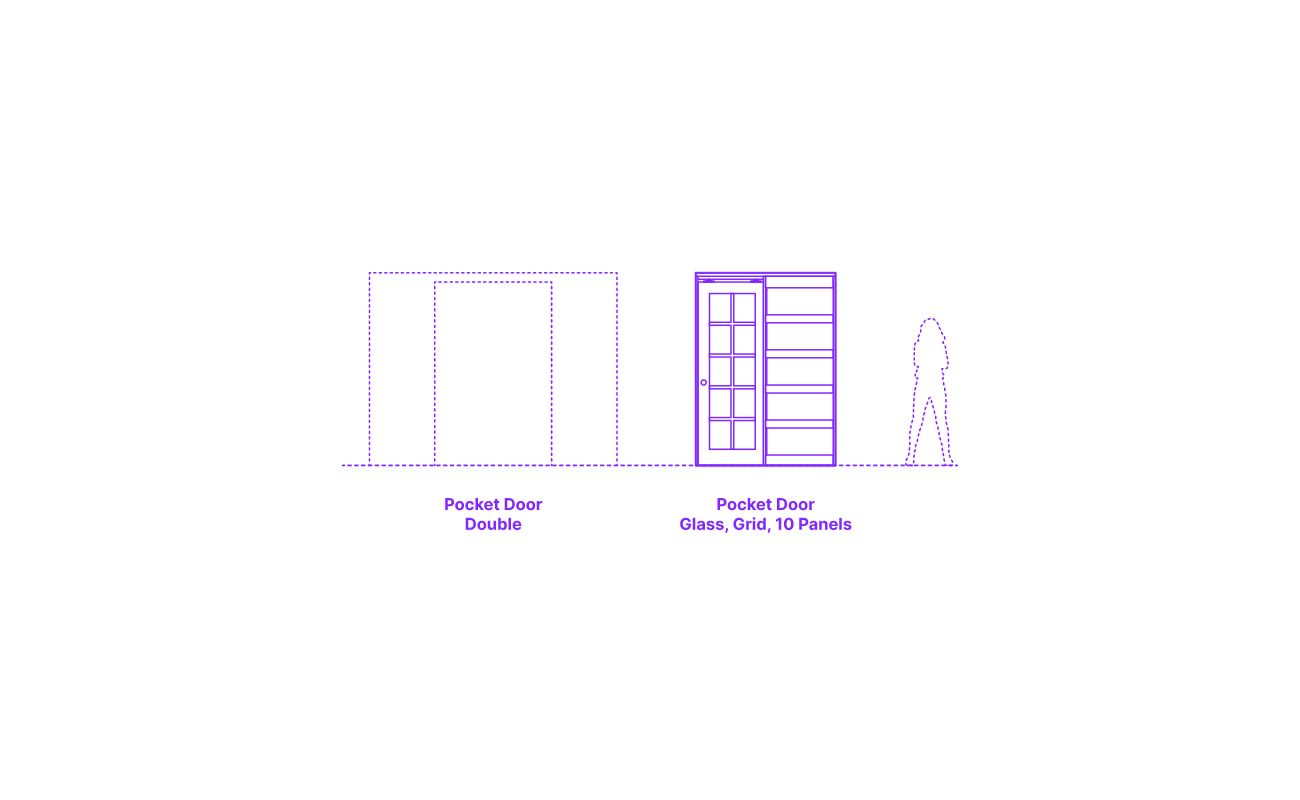
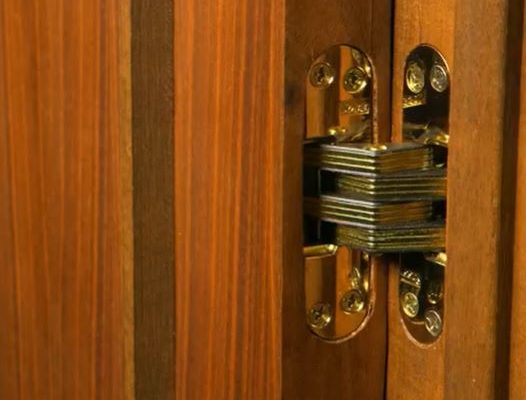
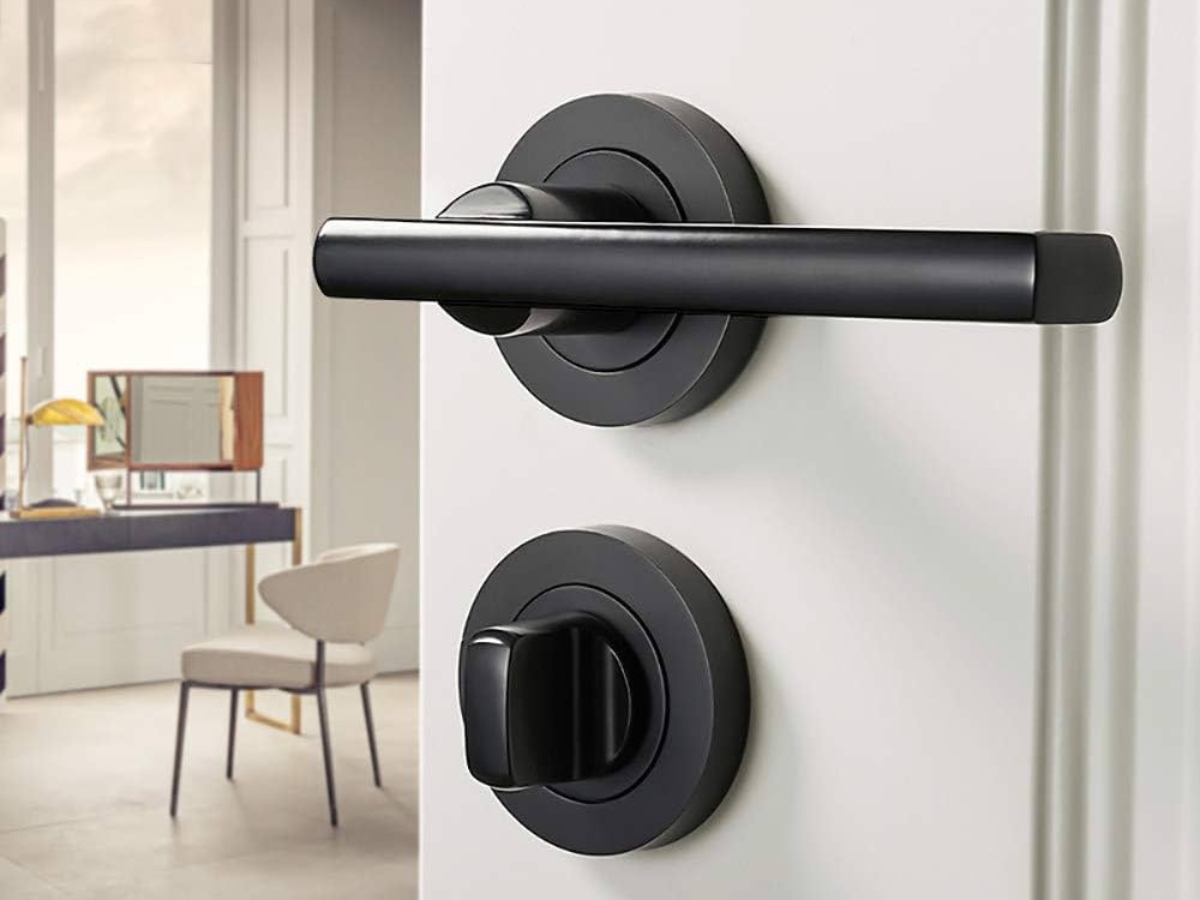
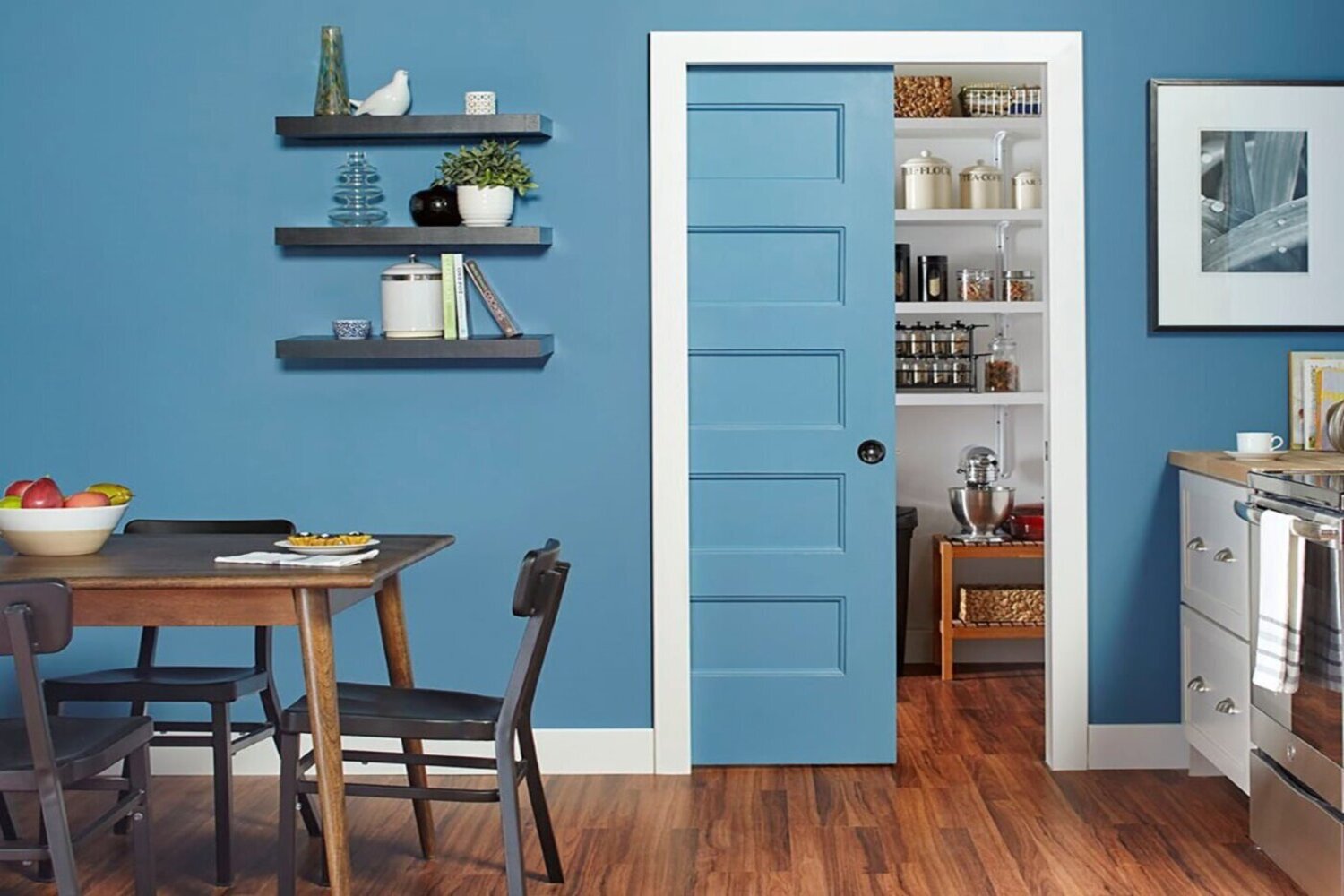
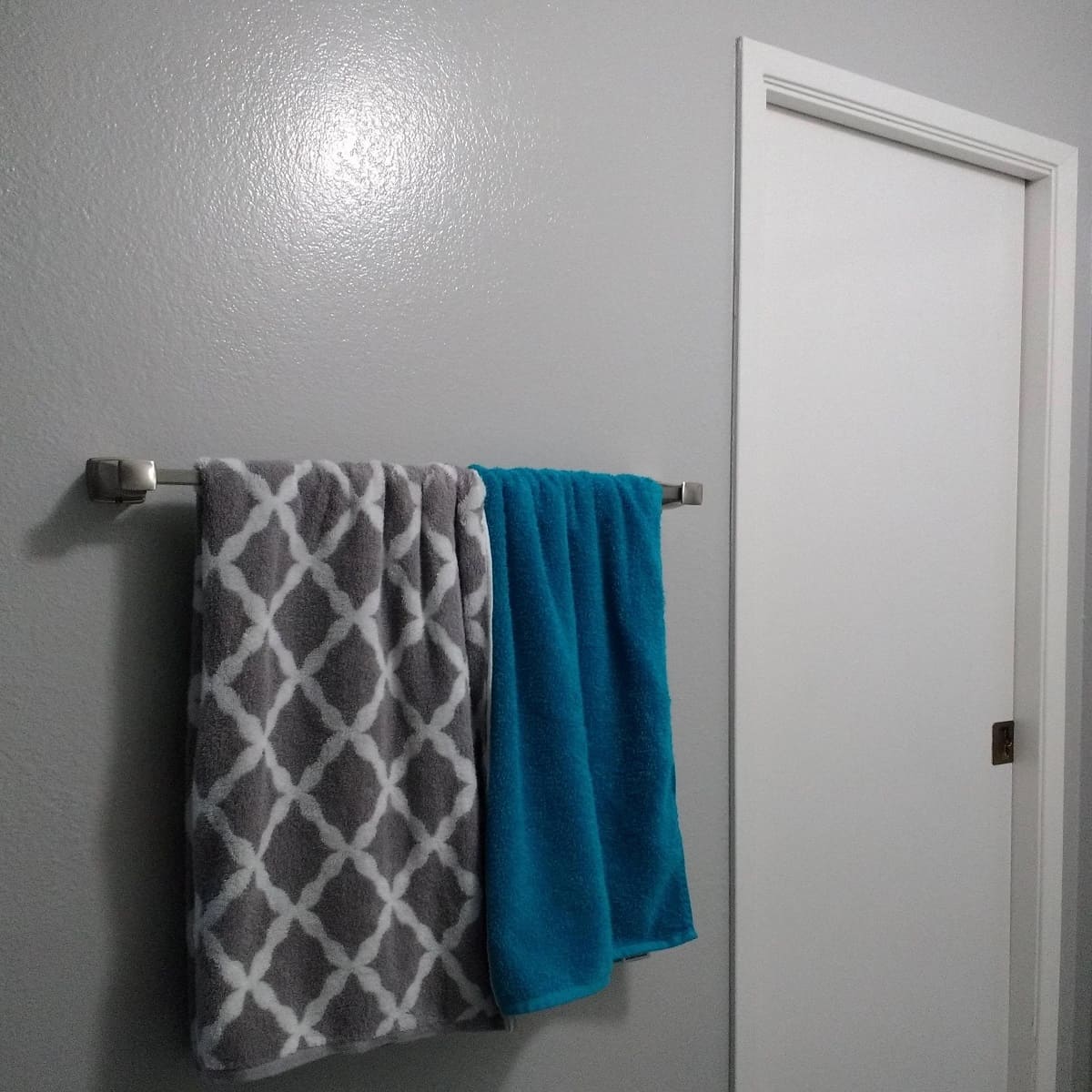
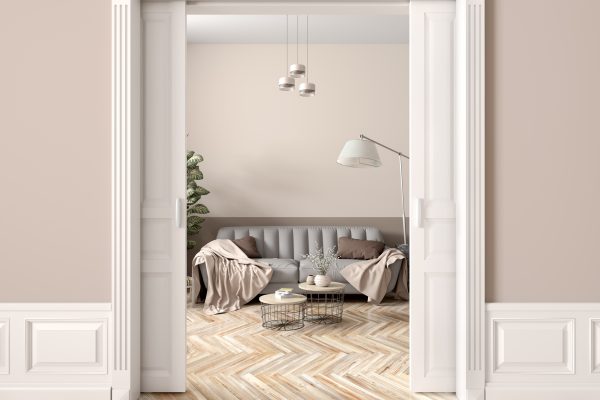

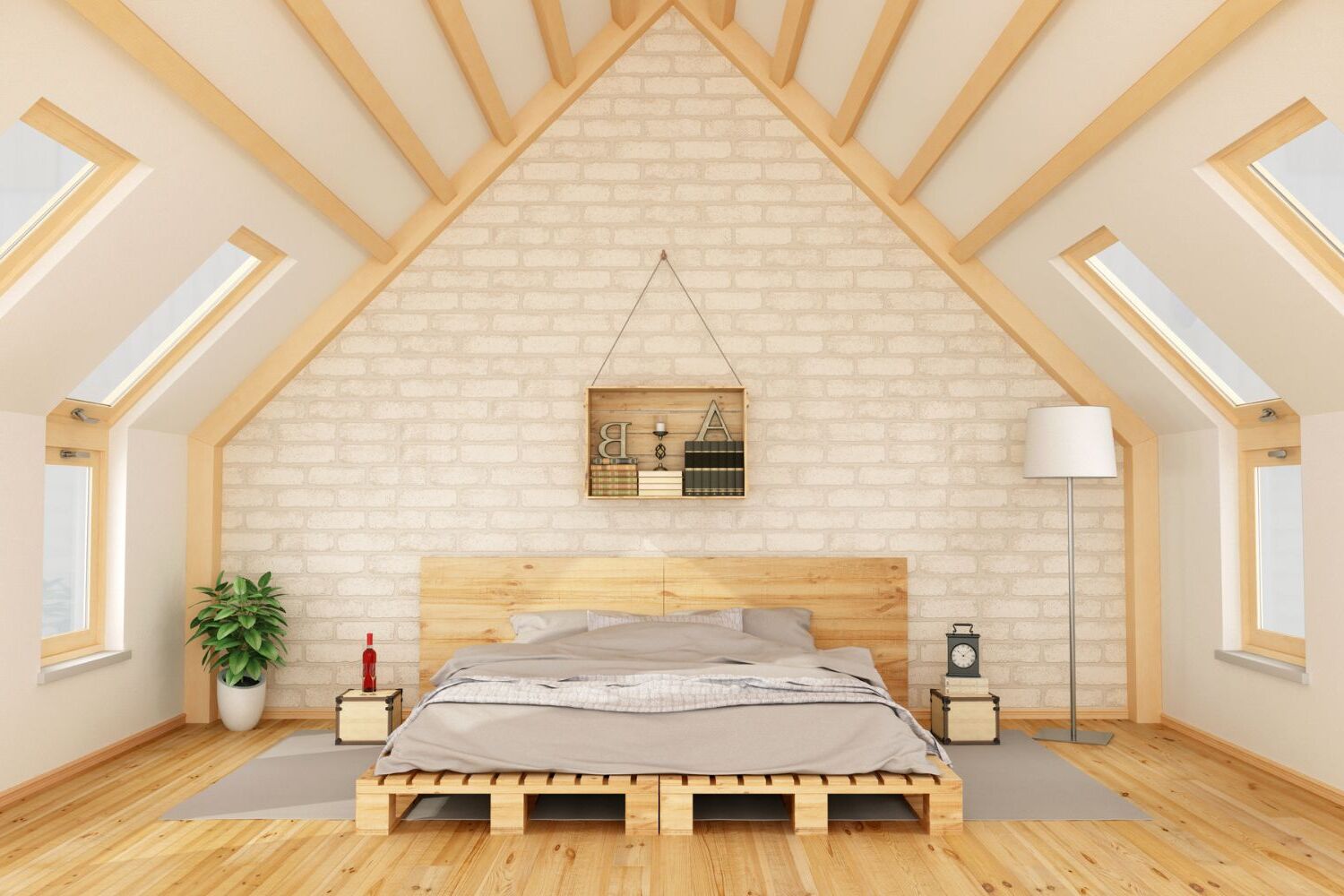


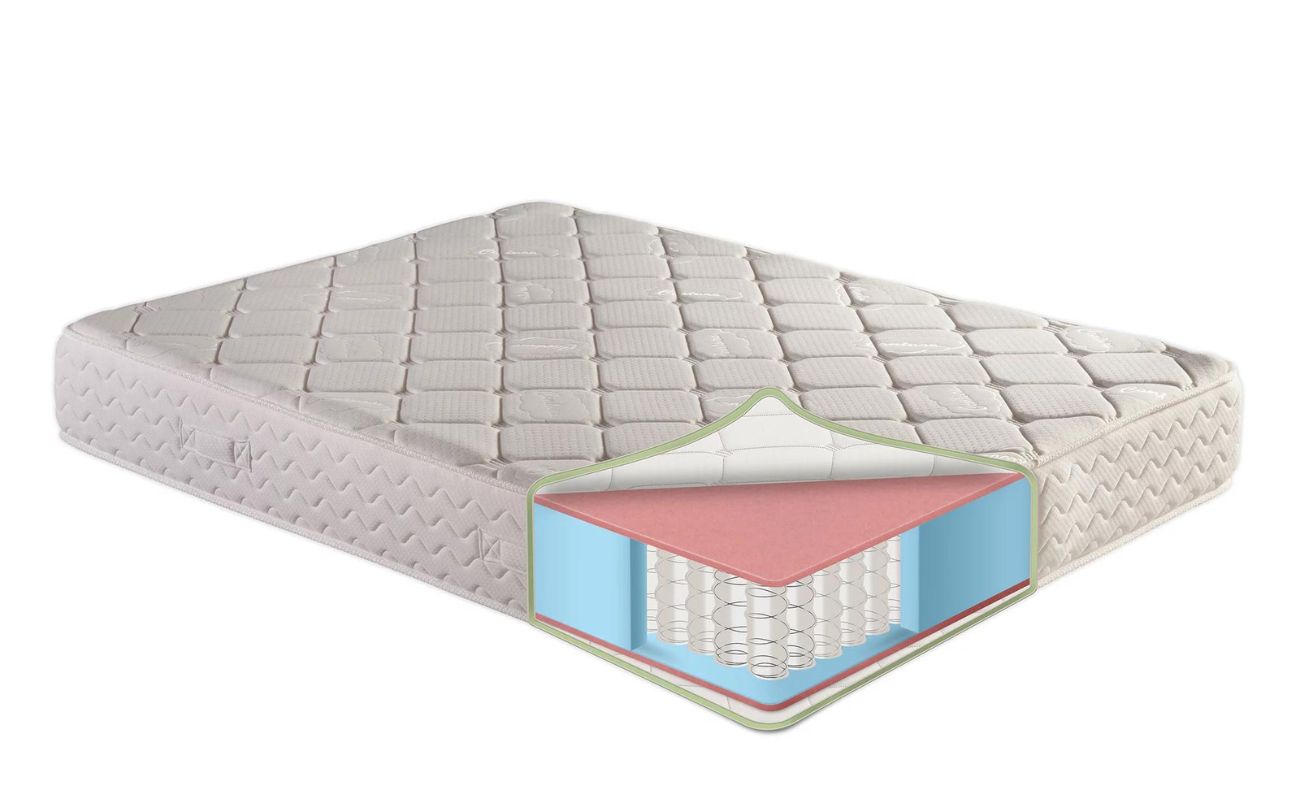
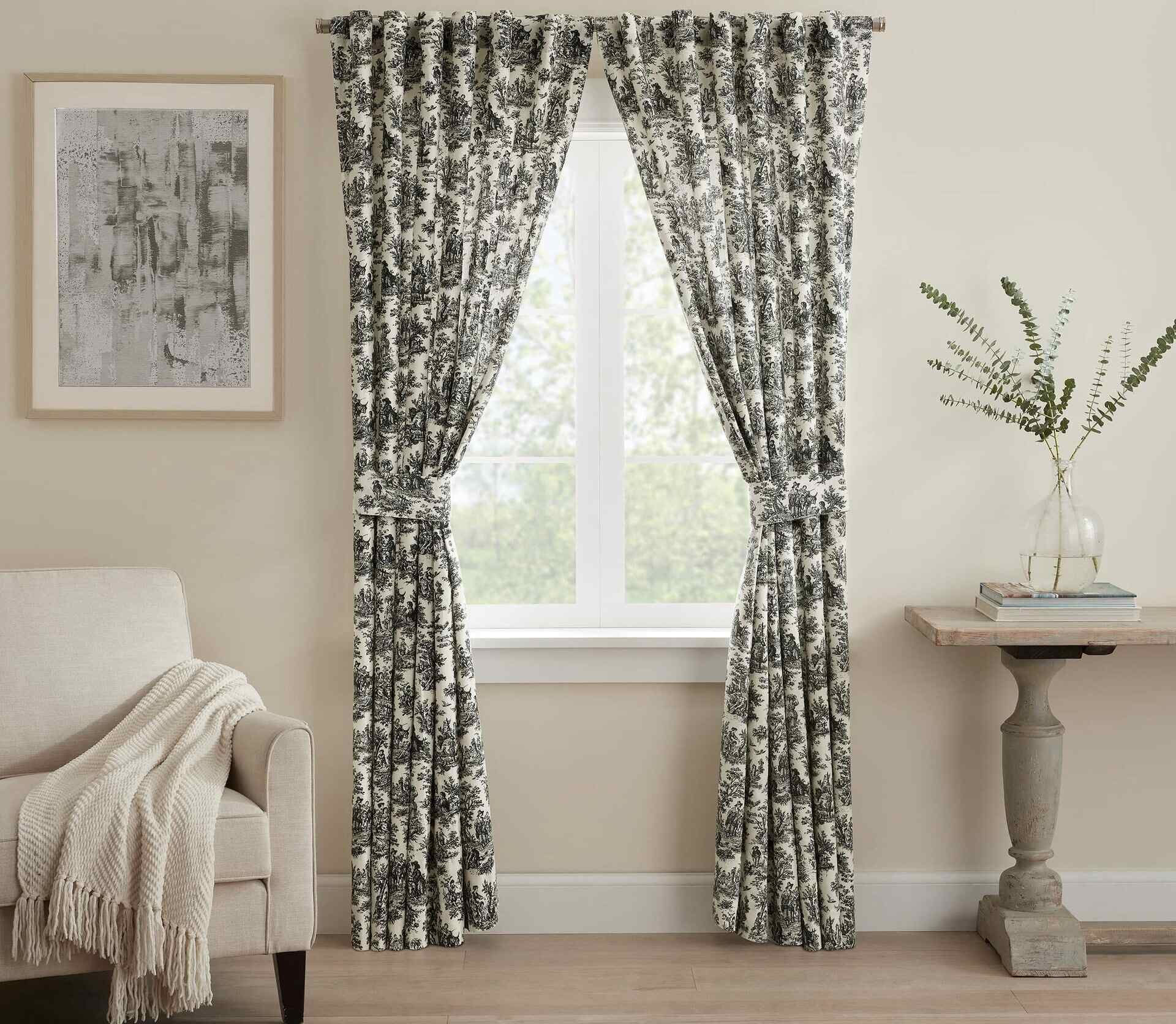
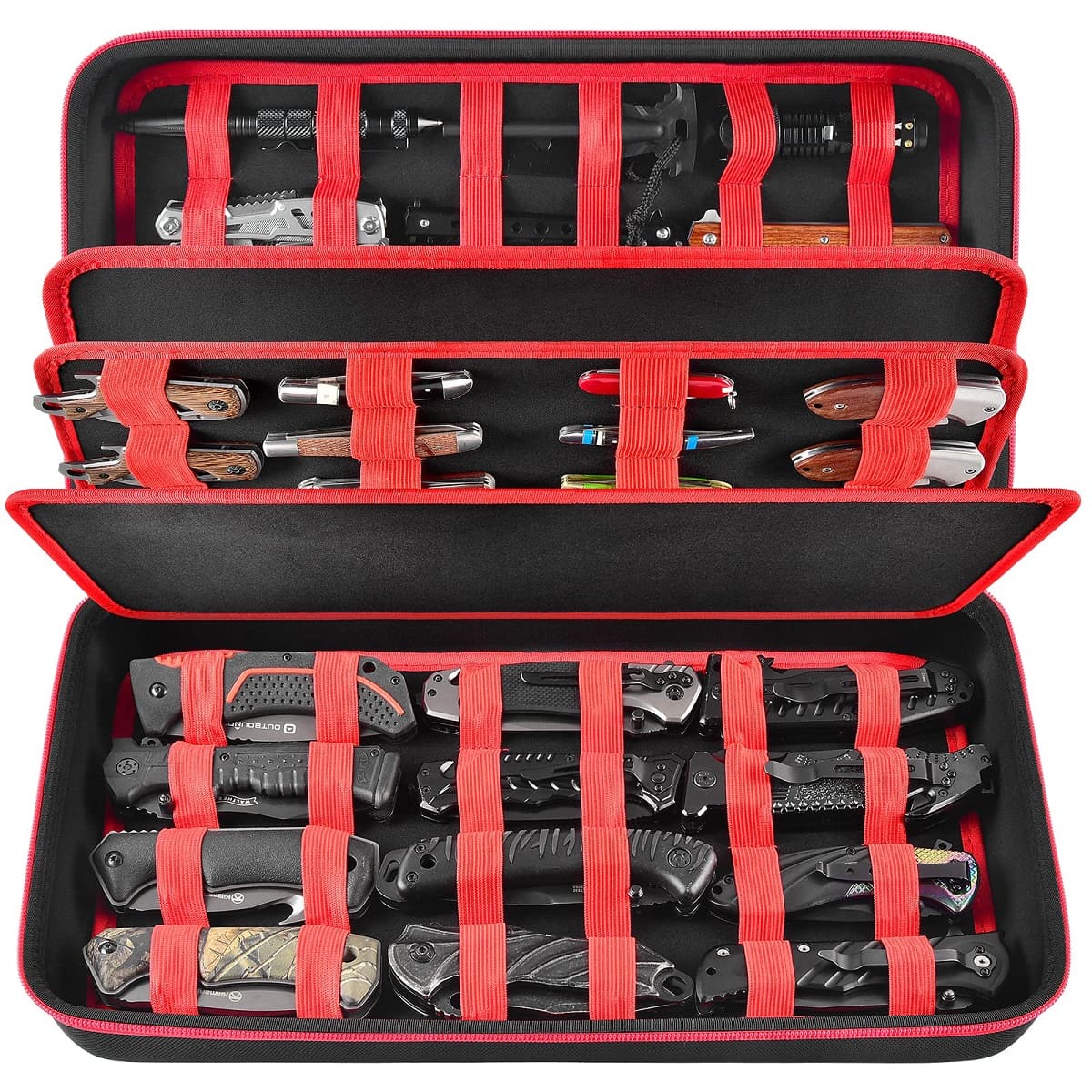
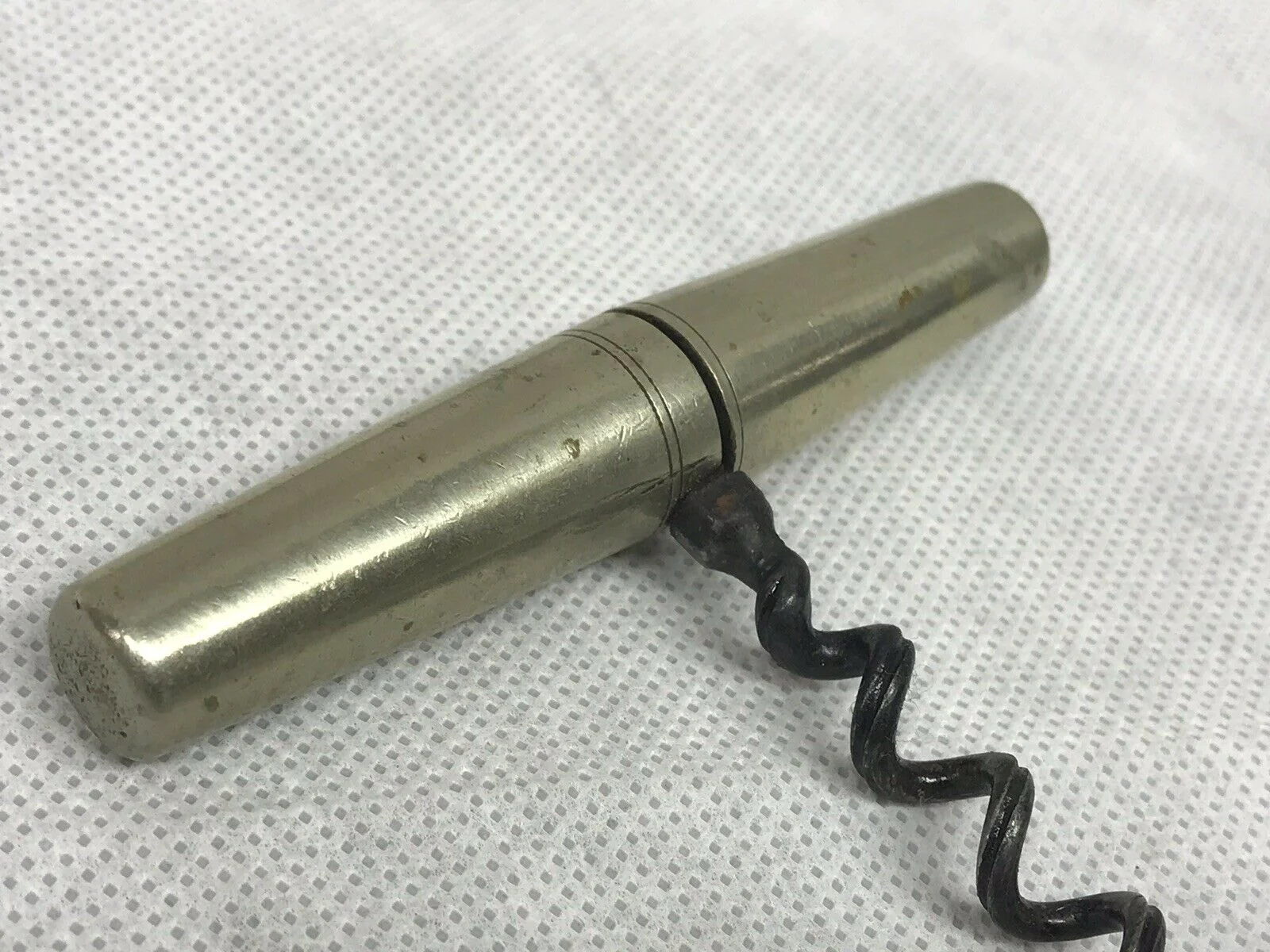

0 thoughts on “Hidden Potential Of Pocket Doors”